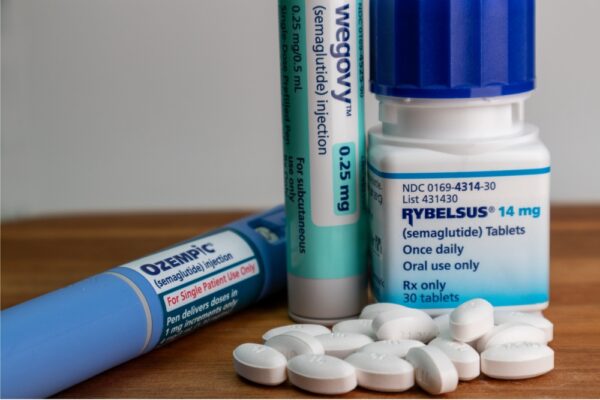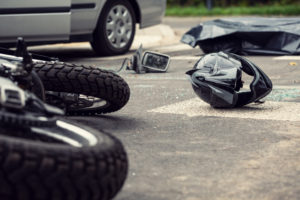The secret of hernia repair is that it carries a high risk of chronic pain after surgery.
Upwards of 30% of patients have restricted movement and pain that can last a lifetime. With more than a million hernia surgeries a year performed in the U.S. that means a lot of people live with chronic pain following their hernia repair. Most hernias occur in the groin area and more than 90% of the time surgeons choose the standard of care—polypropylene (PP) mesh. From time to time, patients contact MeshMedicalDevice NewsDesk.com (MND) and ask where they can find a non-mesh hernia repair. Patients have concerns after listening to the complications of others:
“After spending 2 years feeling sick on and off with flu like systems and throwing up bile, I discovered I went septic from infection caused by that mesh dislodging.”
“I had mesh implanted for a [sic] abdominal hernia and in 2009 I went to the doctor because of extreme pain and the doctor told me the mesh was so infected that they had to remove it all, along with most of my abdominal wall, and had to make a new abdominal wall by pulling my muscles from the back around….and now whatever they did has gone bad, and I can hardly breathe and can’t take the pain….”
“I had an umbilical hernia surgery with physio mesh on June 24, 2015. I’m experiencing excruciating sharp pain like glass or knives cutting under my skin…”
While MND has no relationship with any doctors there are a few surgeons who do not believe in doing a hernia mesh repair. Notably among them is the Shouldice Technique, performed at the Shouldice Clinic in Toronto, Canada. More than 98% of patients are repaired with a natural tissue technique, without the use of mesh. Consumer activist, Ralph Nader had his hernia repaired there, according to his radio show (read about it here). the Shouldice Clinic has also posted some great information on hernia repair here.
The DeSarda Method of hernia repair also does not use PP mesh, or any mesh for that matter, biologic, cadaver, bovine or porcine. It is a technique, perfected by Dr. Mohan P. Desarda, a surgeon from Pune, India, that involves taking a strip of the external oblique, a strong membrane, to hold back the hernia, which is a bulging of intestine or fat that pushes its way through a weak area in the abdominal wall. (the technique is also performed in U.S. centers, more information can be found here). It is reported to have a low recurrence rate and few complications.
In Las Vegas, Dr. Kevin Petersen has become the go-to guy to fix. But Dr. Petersen admits on his website:
“My results are 70% of patients are cured or are much better. 30% are not significantly better and 2% are worse. Some patients who are not significantly better blame me for their pain and want to punish me. I understand this and accept it. It is part of the mesh pain disease. I did not put the mesh in them. Other doctors who recognize the mesh pain problem and are capable of removing the mesh will not because these patients are too difficult. This is true. The patients who get better tell me I saved their lives and that I am their angel.”
A number of patients choose watchful waiting but that can result in an emergency surgery which carries additional risks if the intestine is strangled after punching through the wall. Patients are encouraged to lose weight if they are obese since they have a higher chance of having the hernia reoccur.

Jane Akre is an American journalist based in Florida. In 1997, she was fired from a Fox News while working at a Fox affiliate in Tampa for refusing to include knowingly false information in a report on the safety of a product produced by the Monsanto Corporation. Currently, she is the National News Editor for the Mesh News Desk (MND)—an online news source that covers the complications associated with surgical meshes. Through such reporting, MND looks to put a face on adverse events that affect everyday people.













One Comment
Anthony caridi
Need help finding a surgeon that will use biological patch for myi inquinsl hernia surgery
Comments for this article are closed.